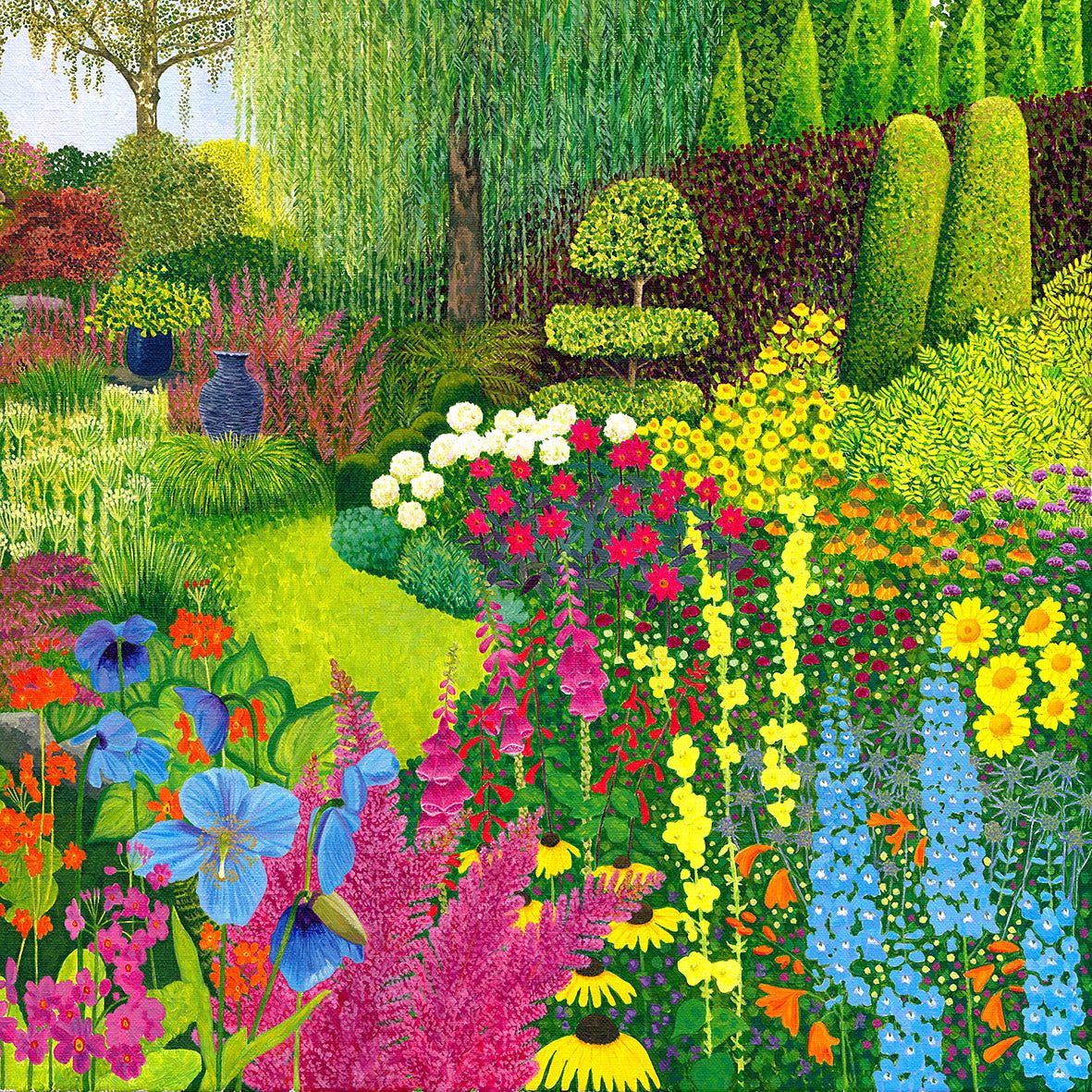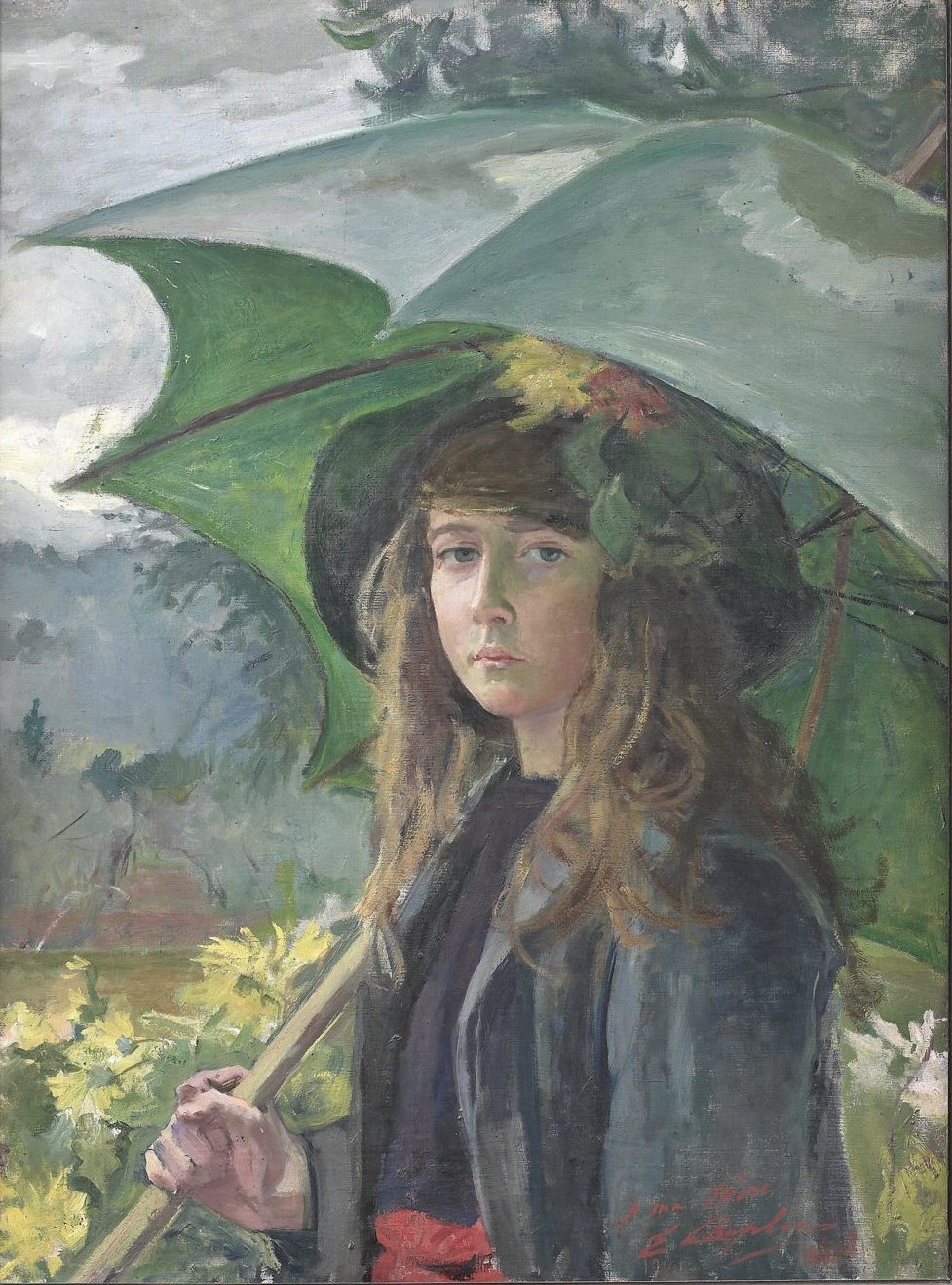"The Two Mothers" is an 1889 oil painting by Giovanni Segantini (Italian painter, 1858-1899).
This work is a product of the Divisionist technique and measuring 301x162.5 cm.
It is part of the collection of the GAM - Galleria d'Arte Moderna in Milan.
Presented at the inaugural Milan Triennale in 1891, alongside "Maternità" (Maternity) by Gaetano Previati (1858-1899), "Le due madri" is one of Segantini's most celebrated and talked-about works, and affirmed the revolutionary new technique known as Divisionism.
Giovanni Segantini | Le due madri, 1889 | olio su tela; 301x162.5 cm | GAM - Galleria d'Arte Moderna, Milano








































